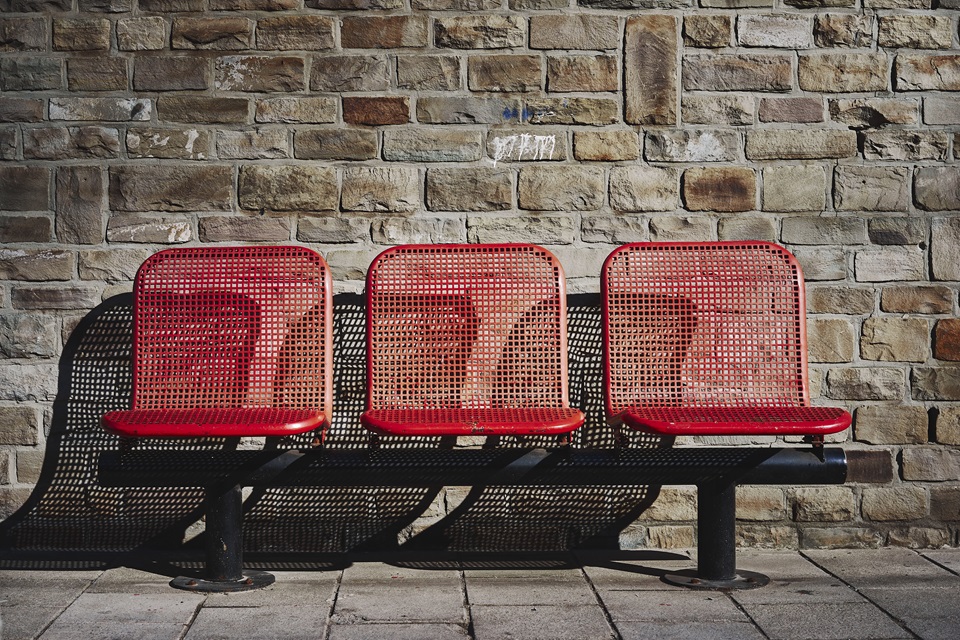In bustling cities and quiet neighborhoods alike, public spaces serve as hubs for social interaction. From casual conversations to chance encounters, these spaces play a vital role in fostering connections among community members. This article will explore how street furniture influences social interaction and enhances the vibrancy of community spaces.
Table of Contents
The Influence Of Street Furniture On Social Interaction
Street furniture, such as benches, tables, and shelters, creates opportunities for people to gather, relax, and engage with their surroundings.
Comfortable Seating For Socializing
Comfortable seating isn’t just about providing a place to rest tired legs; it’s about creating inviting spaces where people feel encouraged to pause, converse, and connect. Research has shown that ergonomic design, such as curved seats and backrests, can significantly enhance comfort and promote longer periods of social interaction.
Placement & Design For Interaction
Strategic placement and thoughtful design are key factors in promoting social interaction through street furniture. Placing benches near one another, for example, encourages group gatherings and fosters a sense of community.
Additionally, incorporating elements such as communal tables or shared seating areas can further facilitate social engagement, encouraging strangers to interact in a relaxed and welcoming environment.
Designing Street Furniture For Social Interaction
When designing street furniture for social interaction, several factors come into play.
Accessibility & Inclusivity
When designing street furniture, accessibility, and inclusivity should be top priorities. Incorporating features such as ramps for wheelchair access, adjustable seating heights, and armrests for support ensures that individuals of all ages and abilities can comfortably enjoy public spaces together.
Aesthetic Appeal
In addition to functionality, the aesthetic appeal of street furniture plays a crucial role in attracting users and enhancing the overall experience of public spaces. Vibrant colors, innovative designs, and visually striking installations can capture the attention of passersby, enticing them to stop and engage with their surroundings.
Examples Of Successful Designs
Innovative street furniture designs from around the world demonstrate the potential for creativity and ingenuity in promoting social interaction. From interactive sculptures that invite playful interaction to modular seating arrangements that adapt to different activities and events. These examples showcase the transformative power of well-designed street furniture in enriching urban environments.
Impact Of Street Furniture On Community Cohesion
Street furniture isn’t just about providing physical amenities; it also contributes to community cohesion and a sense of belonging.
Creating Gathering Points
Local events, cultural celebrations, and spontaneous gatherings use street furniture as a hub. Public squares equipped with versatile seating options and performance spaces become vibrant hubs of activity, fostering a sense of connection and camaraderie among residents.
Strengthening Social Bonds
These communal gatherings not only strengthen social bonds within the community but also contribute to a sense of collective identity and pride. Whether it’s a neighborhood block party, a farmer’s market, or a live music event, these shared experiences help to forge lasting connections and foster a sense of belonging among participants.
Challenges & Considerations
Despite its many benefits, designing street furniture for social interaction comes with its challenges.
Balancing Privacy & Engagement
While promoting social interaction is important, it’s also essential to respect individuals’ need for privacy and personal space. Designing street furniture that offers a balance between opportunities for social engagement and quiet contemplation ensures that public spaces remain inclusive and welcoming to all.
Maintenance & Upkeep
Ensuring the longevity and usability of street furniture requires ongoing maintenance and upkeep. Regular inspections, repairs, and cleaning schedules are essential to address issues such as graffiti, vandalism, and wear and tear. This is to preserve the functionality and aesthetic appeal of public spaces for future generations to enjoy.
Inclusivity & Accessibility
Designing street furniture with inclusivity and accessibility in mind is essential to ensure that public spaces are welcoming and accessible to everyone. This includes seating location, bench height and width, and braille signage, and tactile paving for visually challenged people.
Building Better Communities, One Bench At A Time
As cities continue to evolve and grow, the importance of thoughtful street furniture design in promoting social cohesion and community well-being cannot be overstated. By embracing innovation, sustainability, and inclusivity, cities can create vibrant and resilient public spaces that enrich the lives of residents and visitors alike.
If you’re wondering where to get furniture that’s perfect for creating inviting community spaces, check out AS Urban and their wide selection of stylish and functional street furniture solutions.



